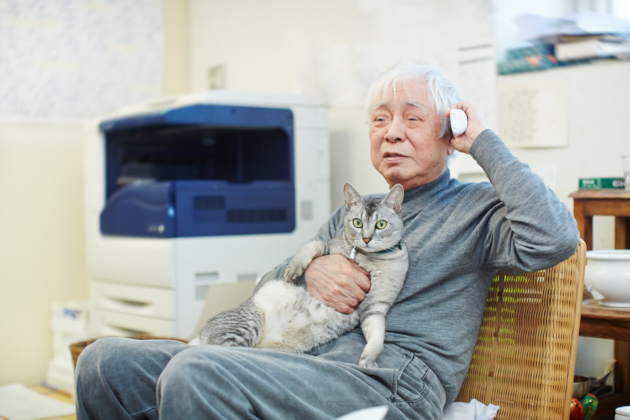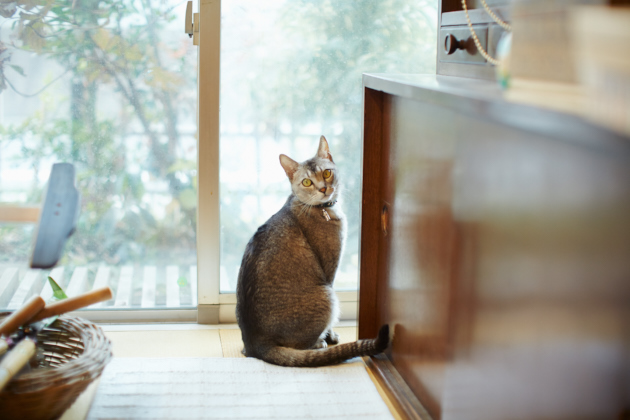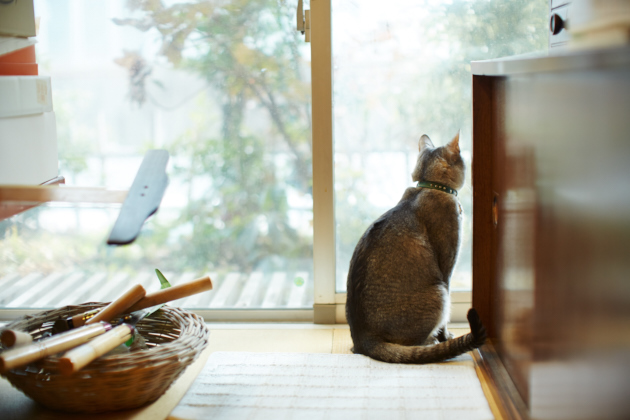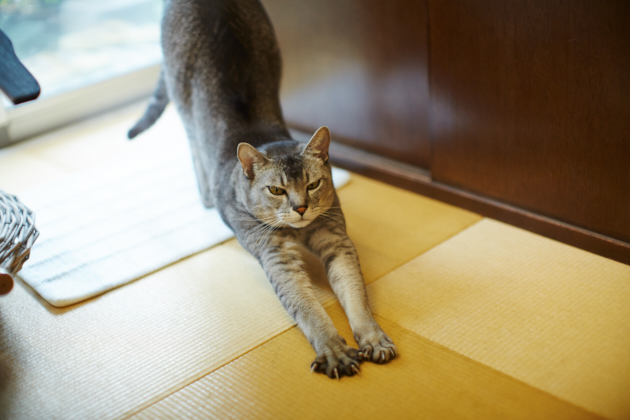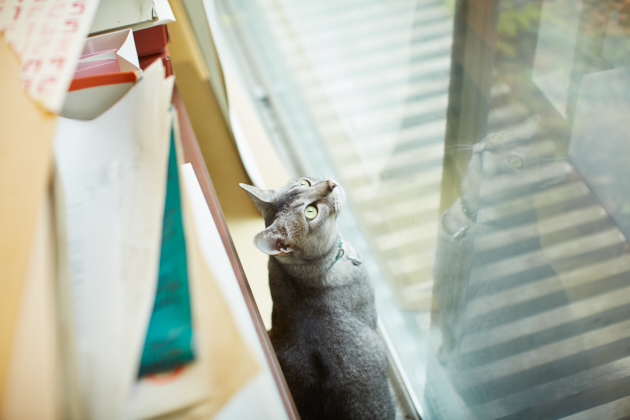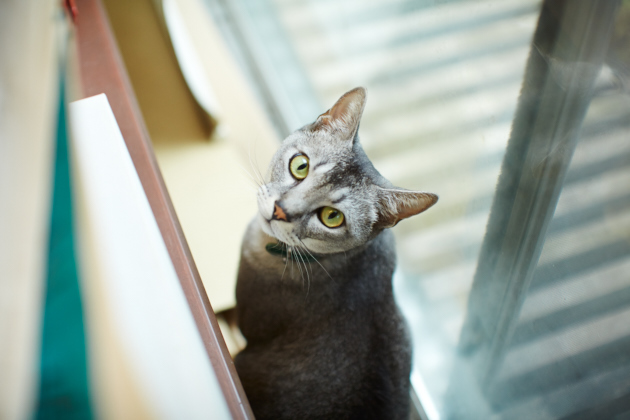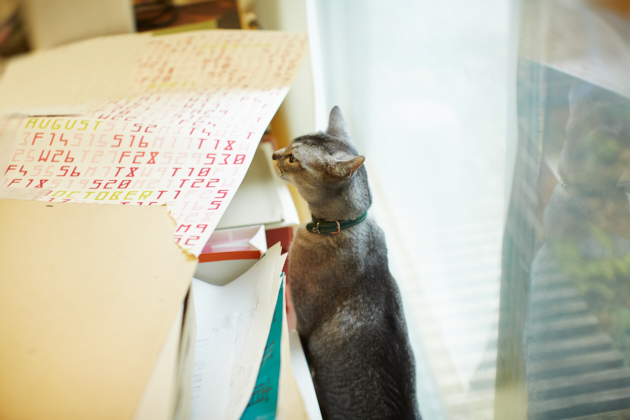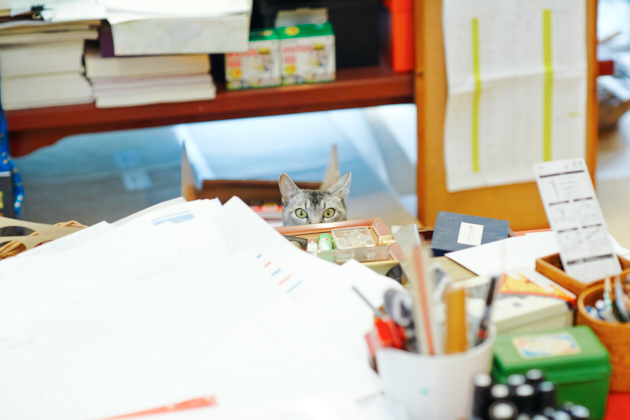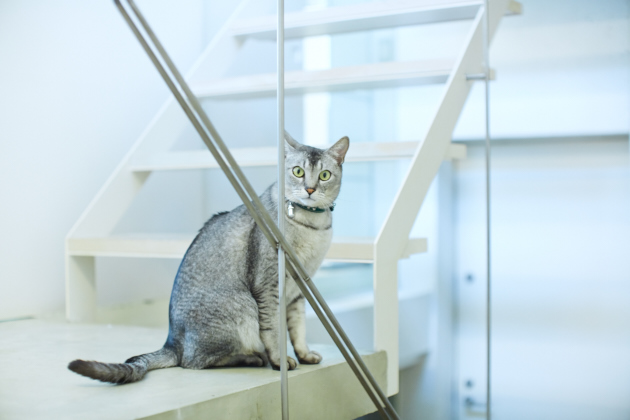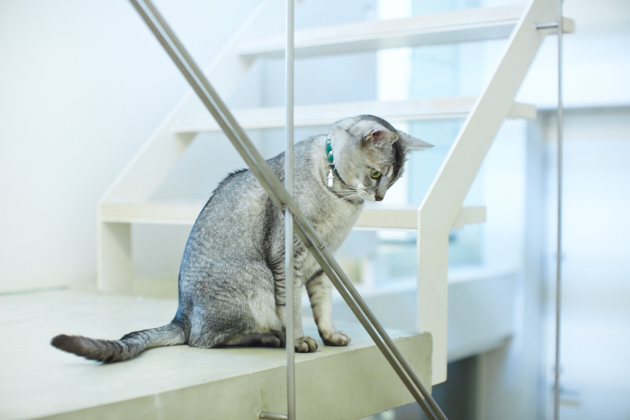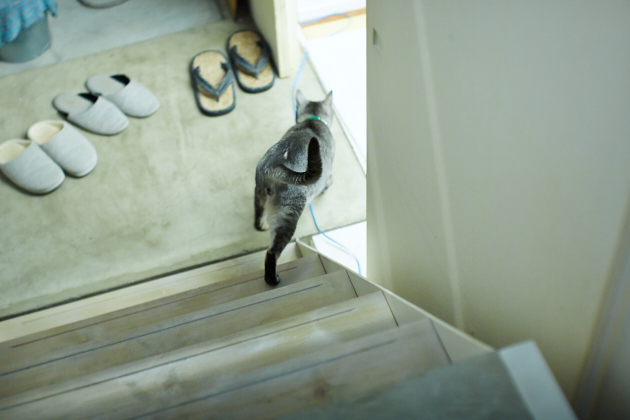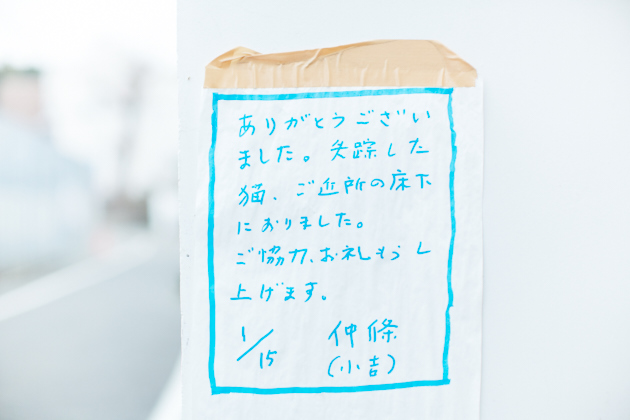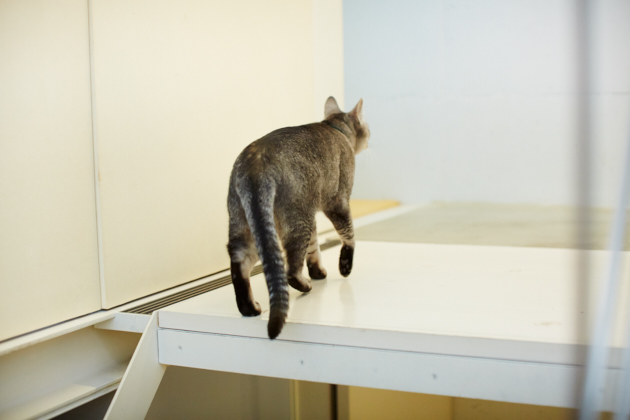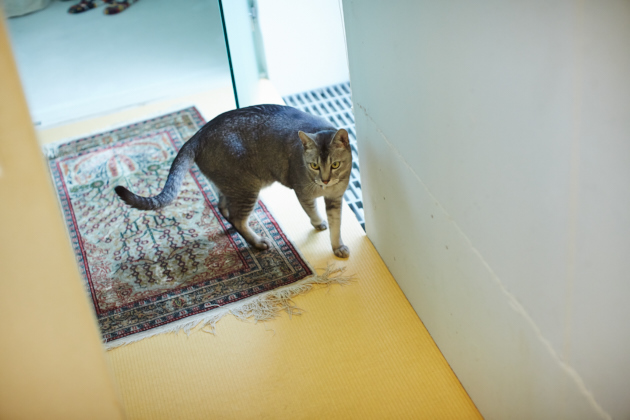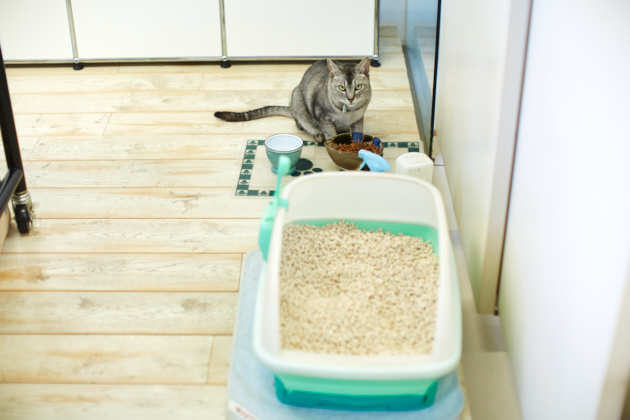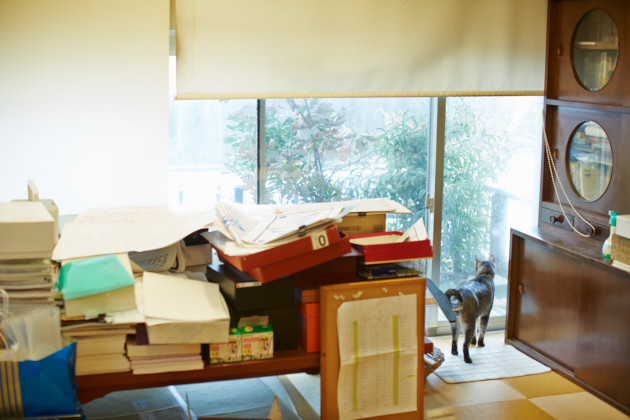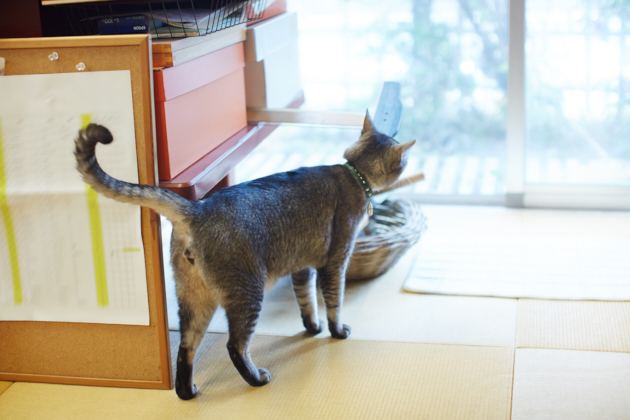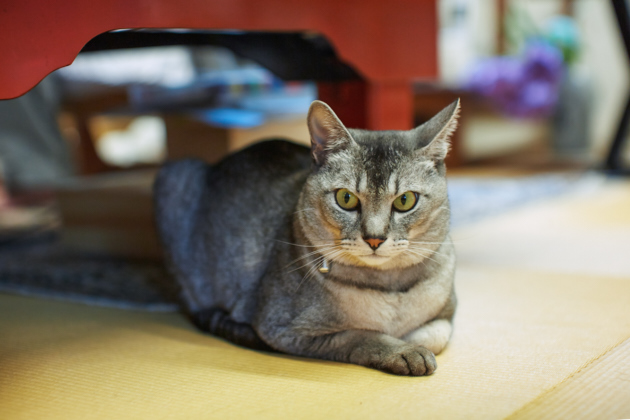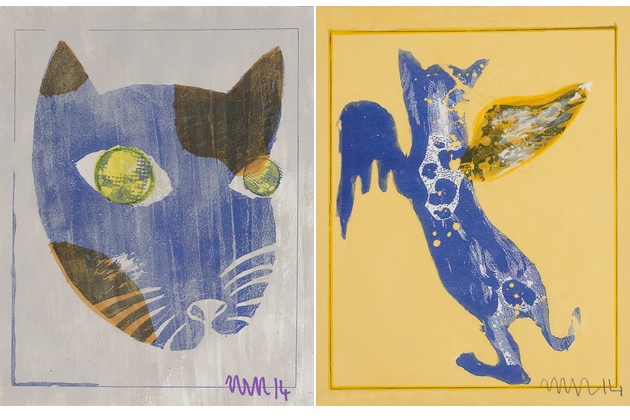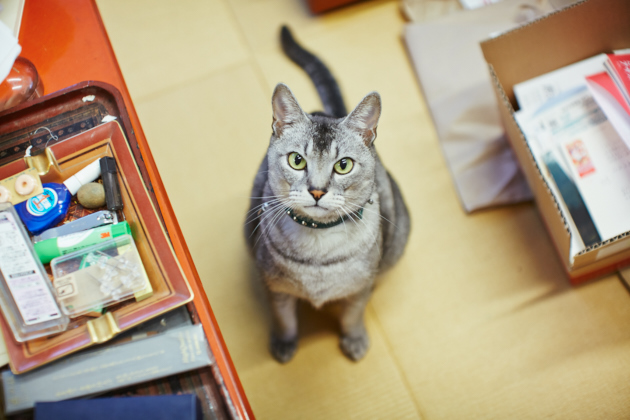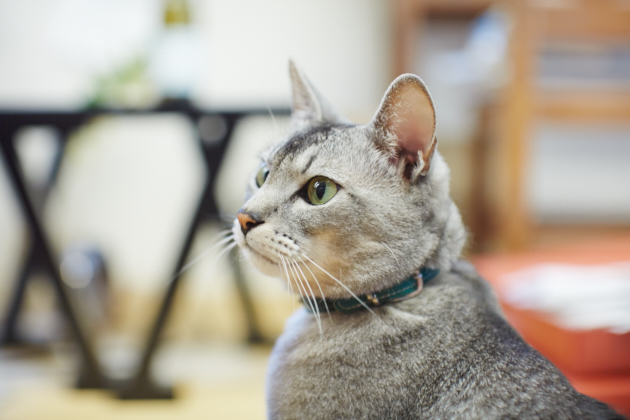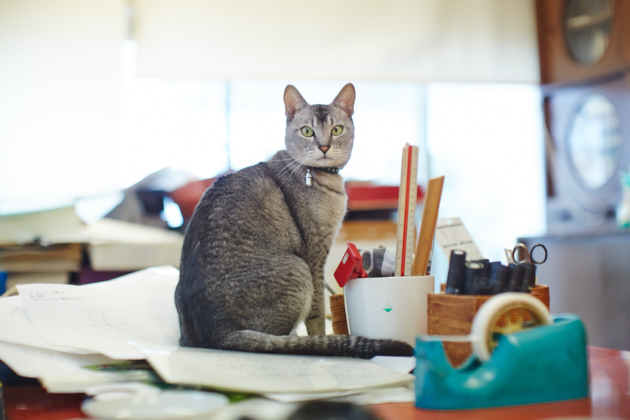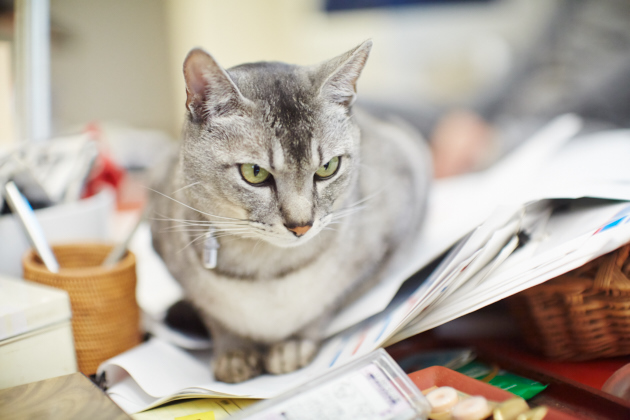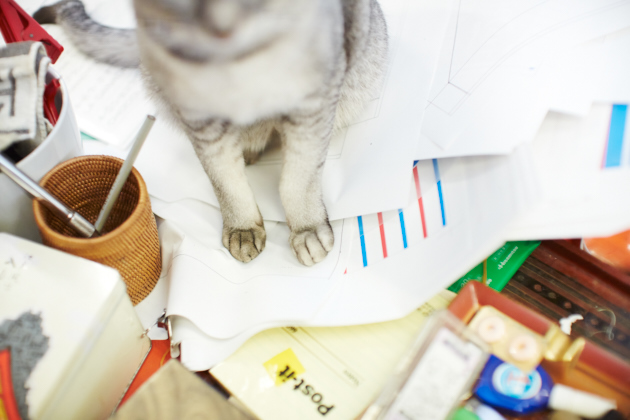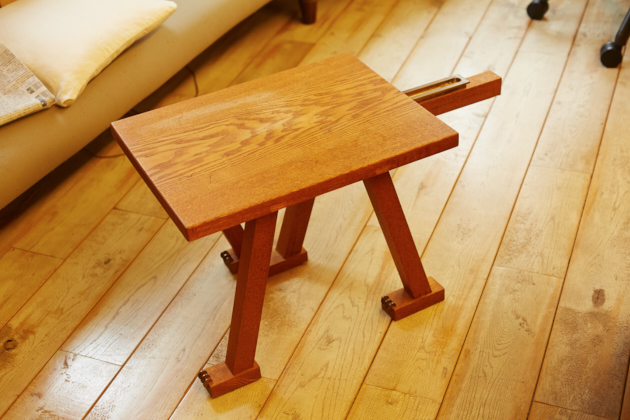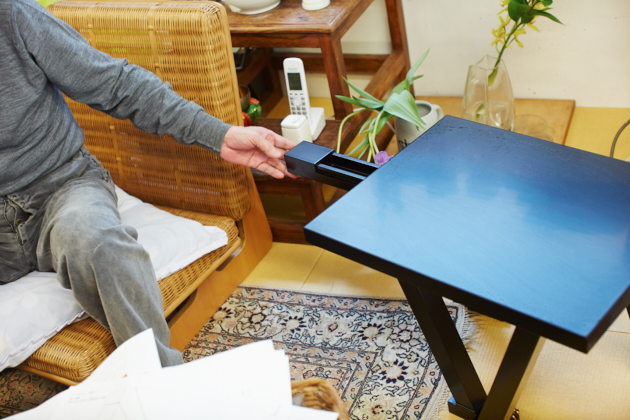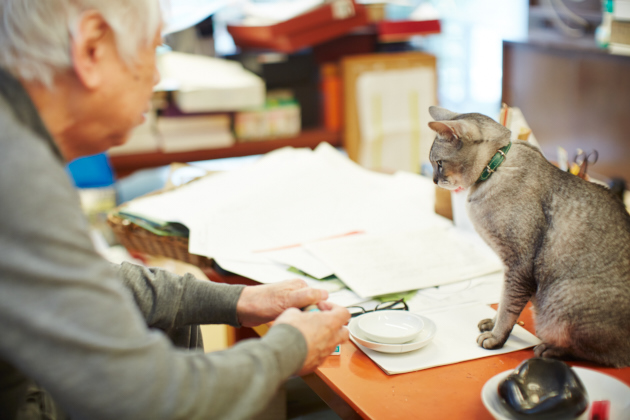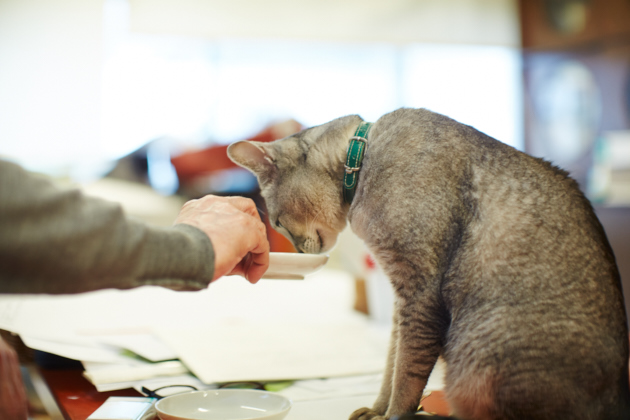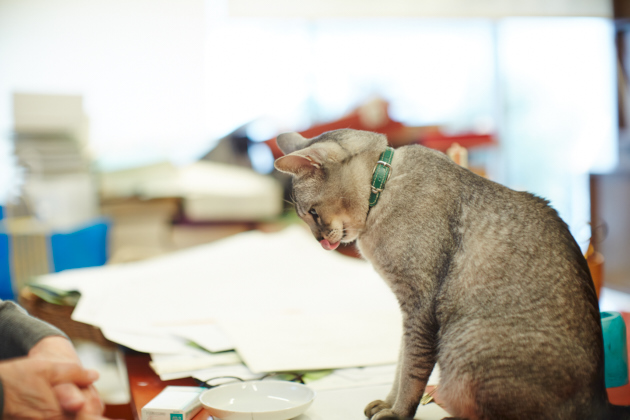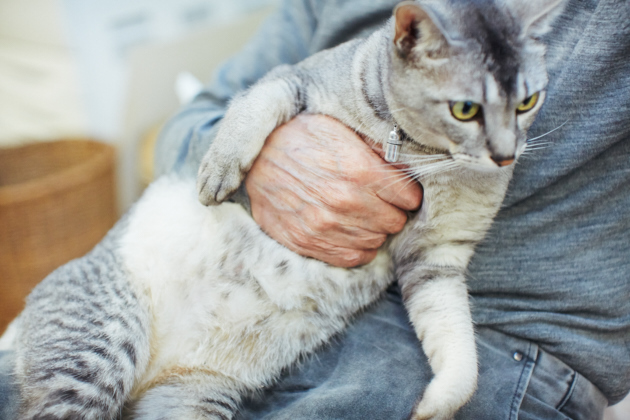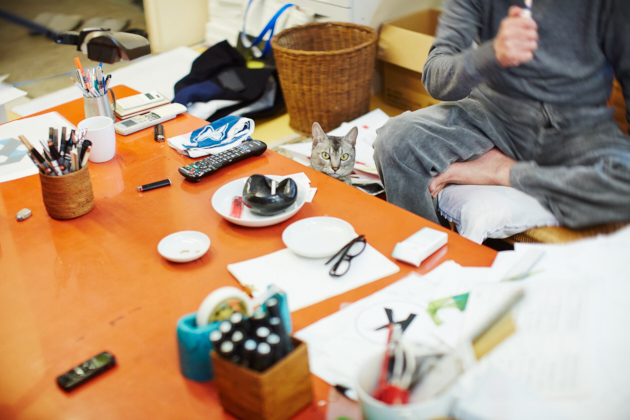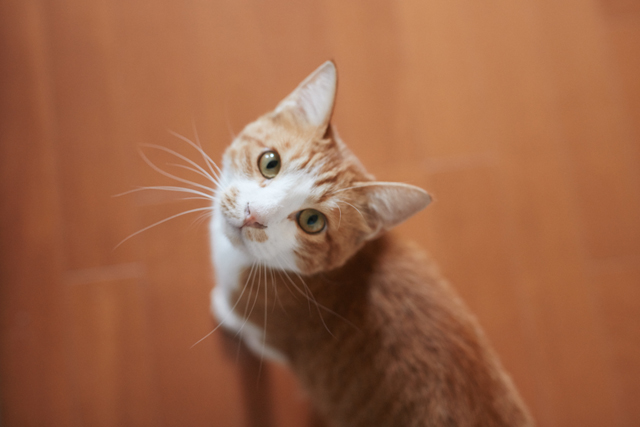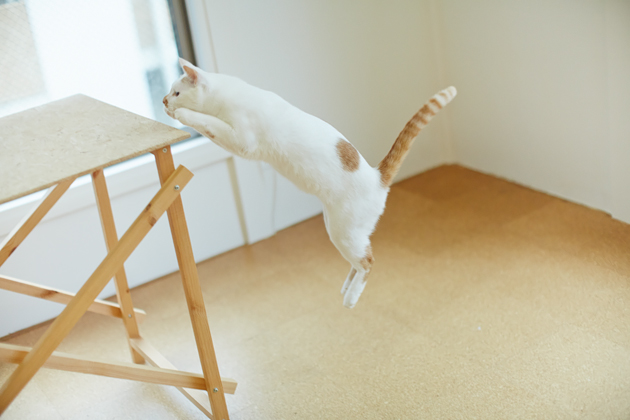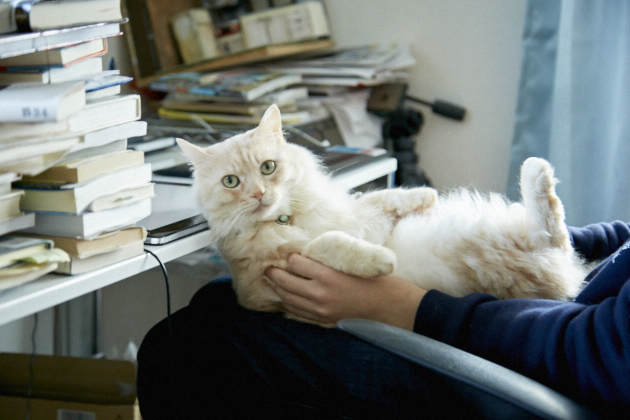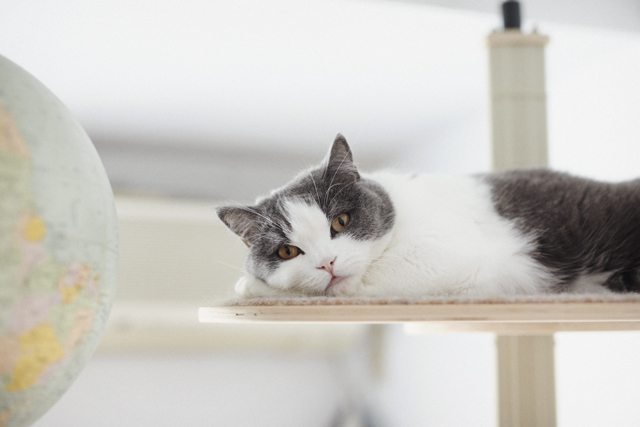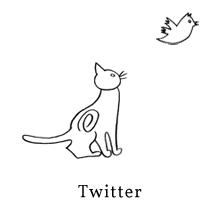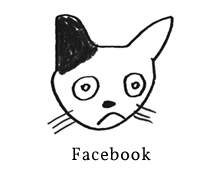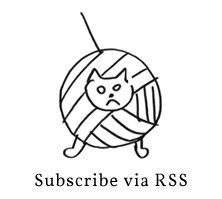Masayoshi Nakajō is a representative figure within Japan’s graphic design community. As the art director for Shiseido’s ‘Hanatsubaki’ corporate culture magazine for over 40 years, Nakajō has directed numerous corporate identity campaigns for companies such as Matsuya Ginza and Wacoal Spiral.
A cat-lover to the core of his being, Nakajō displayed many illustrations of lovely felines at his solo exhibition titled ‘CATS,’ which was held last year at the HB gallery. We interviewed him about his beloved cat, Kokichi, with whom he is currently living.
An Adventurous and Mischievous Cat/h2>
- How did you first meet Kokichi?
“I had a couple of cats - a brother and a sister - for about 22 or 23 years. However, the pair finally passed away five years ago. Then my wife passed away as well. So I was forced to live alone again. Starting to feel lonely, I decided I wanted another cat, so an acquaintance gave me one. I was told that he is an Abyssinian, but his fur color seems a bit different, so maybe he is a mix of breeds. When he first came to my house, he was small enough to fit in my hand, so I named him Kokichi (‘small luck’).”
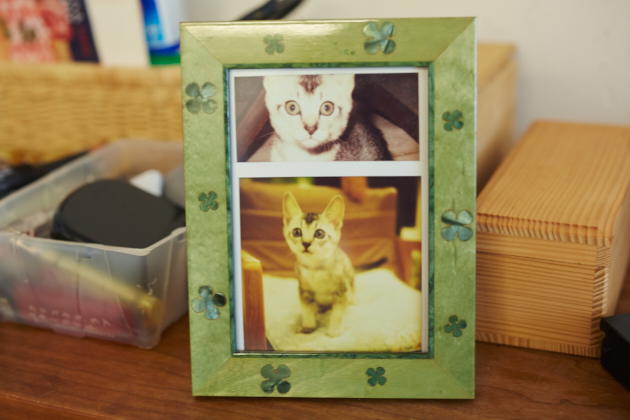
<Kokichi shortly after his arrival at the Nakajo Residence>
- Did you live with cats as a child?
“Cats have been a part of my life since as far back as I can remember. I did have a dog once, but cats were always there. I once picked up a stray kitten in the park and tried to take care of it, but it disappeared within a day. Cats are strange creatures.”
- Kokichi seems to be very friendly with people.
“Yes, he loves people. But then again he also really likes being on his own outside. He escapes quite often. About three years ago when he escaped, he got trapped between tools in a school’s closet. It took us a few days to find him there. He also escaped around New Year’s Day this year. My neighbor found him hiding out under an empty house.”
- So that’s what the thank you note on your front door is all about. (laughs)
“Cats can sometimes be so much like humans. They’ll come over to you if you call. They’ll fawn on your lap when they feel like it. However, Kokichi does none of this. He doesn’t even show any interest in human food. I guess his ‘wild’ side is still strong. Yet, he never goes to bathroom outside – he’ll always come home to take care of business. The cats I had before, they all did their business outside. It‘s very interesting to see how each cat has such a distinctive personality.”
Drawing Realistic Cats
- People say that designers and artists tend to be cat-lovers. Do you consider yourself a ‘cat person’?
“I guess that’s true. Like cats, designers are usually very introverted. In fact, I myself never liked being restricted. So I could never last long being employed by a company. That’s why I ended up doing business independently. I guess if you call that quality ‘cat-like,’ then that would make me a cat-person. I’m definitely not a dog-type person. (laughs)”
- You held a solo exhibition titled “CATS” at the HB gallery in Aoyama last year. Do you enjoy drawing cats?
“When the gallery said, ‘How about a cat-themed show this time?,’ I honestly found myself hesitating a bit. This is because cats are not a product of my imagination. They’re real creatures. I mean, how can I draw them realistically? It is much more difficult than it sounds.”
- Was Kokichi the model for these works? Or are they imaginary cats?
“They are imaginary. However, even if they are imaginary, they have to be realistic. Because I spend time with cats all year long, I am able to draw them without even looking at them. What’s important is accurately drawing the form of their bodies – at least more so than their faces. When they stretch out. When they groom themselves. When they wash their faces. I wanted to depict these kinds of natural poses.”
-What is the most difficult part of drawing cats?
“I somehow always manage to make their faces look kind of scary. But then again, if you look very close, cats actually do have scary faces, don’t you think? With their almond-shaped eyes and fangs... So I guess the hardest thing for me is finding a balance between not making them look too scary or too cute.”
- Have you ever designed any products done in a cat theme?
“Well, my daughter happens to be an architect, and I once had her build a cat-themed side-table based on my design. I had them done in a Japanese lacquer-finish as a part of a collaboration project involving traditional industry. It was called ‘Dento-House.’ I designed the tables to be covered in jet-black lacquer in order to resemble a black cat. It ended up being pretty pricey, but we did get a quite a few orders when we exhibited the piece in Paris. I was pleasantly surprised to see that there are people who enjoy goods done in a cat-motif. If I come up with another good idea, I’d like to try doing this again.”
They’re Attractive Because They’re Free
- How would you define your relationship with Kokichi?
“I can’t live without him. When he escapes, I feel sad and lonely. Kokichi is very free-spirited – he’ll even roll all over my worktable even if I’m meeting with guests around it. When it comes to dogs, we can talk some sense into them. But cats defy all logic.”
- Do you think he understands what you say?
“Most Japanese cats understand our words, I think. But Kokichi is of European-origin, so he probably doesn’t understand Japanese.”
- What is the best thing about cats?
“I guess some would say it’s the way they look. But if you get a cat for yourself, you will just come to love it, no matter what.”
